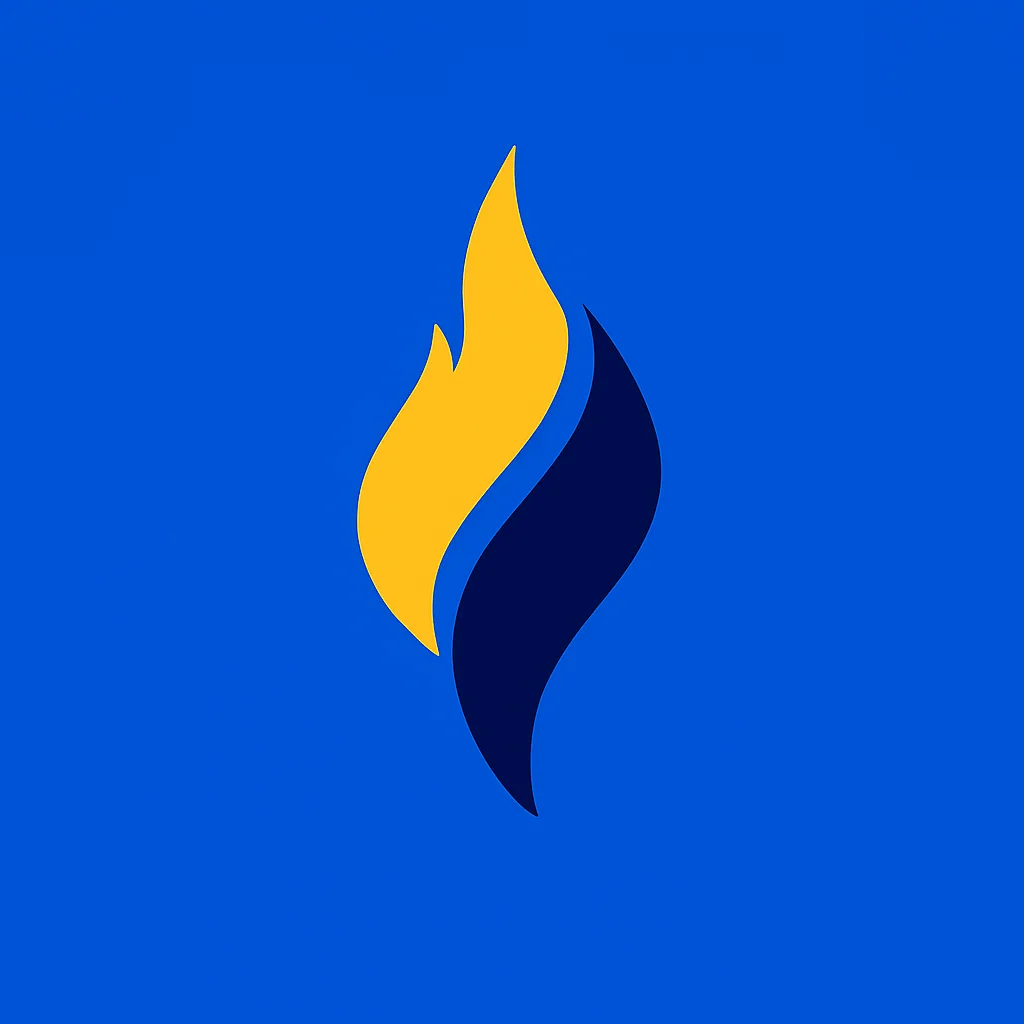
As a software developer, choosing the right programming language for software development can be a daunting task. With so many options available, each with its own strengths and weaknesses, the decision often depends on the specific requirements of the project, the developer’s expertise, and the long-term goals of the software.
Let us take a look at some of the most popular programming languages and discuss their best use cases to help you make an informed decision.
1. Python: The Versatile Powerhouse
Python has become one of the most popular programming languages due to its simplicity and versatility. Its easy-to-read syntax makes it an excellent choice for beginners, while its powerful libraries and frameworks make it a favorite among experienced developers. Apply For in-person software development training in Abuja.
Best For:
- Web Development: Frameworks like Django and Flask make it easy to build robust web applications.
- Data Science and Machine Learning: Libraries like TensorFlow, PyTorch, and Pandas are widely used in AI and data analysis.
- Automation and Scripting: Python’s simplicity makes it ideal for writing scripts to automate repetitive tasks.
Pros:
- Easy to learn and use.
- Extensive libraries and frameworks.
- Strong community support.
Cons:
- Slower execution speed compared to compiled languages.
- Not ideal for mobile app development.
2. JavaScript: The King of Software Development
JavaScript is the backbone of modern web development. It allows developers to create interactive and dynamic web pages, making it an essential language for front-end development. With the advent of Node.js, JavaScript has also become a popular choice for back-end development.
Best For:
- Front-End Development: Frameworks like React, Angular, and Vue.js are widely used for building user interfaces.
- Back-End Development: Node.js enables server-side scripting.
- Full-Stack Development: JavaScript can be used for both front-end and back-end, making it a great choice for full-stack developers.
Pros:
- Ubiquitous in web development.
- Large ecosystem of libraries and frameworks.
- Strong community support.
Cons:
- Can be tricky to debug due to its loosely-typed nature.
- Performance can be an issue for CPU-intensive tasks.
3. Java: The Enterprise Favorite
Java has been a staple in the software development industry for decades. Its “write once, run anywhere” philosophy makes it a popular choice for building cross-platform applications. Java is widely used in enterprise environments due to its stability and scalability.
Best For:
- Enterprise Applications: Java’s robustness makes it ideal for large-scale systems.
- Android App Development: Java is one of the primary languages for Android development.
- Web Applications: Frameworks like Spring and Hibernate are widely used in enterprise web development.
Pros:
- Platform independence.
- Strong performance and scalability.
- Extensive libraries and frameworks.
Cons:
- Verbose syntax compared to modern languages.
- Slower development cycle due to boilerplate code.
4. C#: The Microsoft Champion
C# is a powerful language developed by Microsoft, primarily used for building Windows applications and games. With the introduction of .NET Core, C# has also become a viable option for cross-platform development.
Best For:
- Game Development: C# is the primary language for Unity, a popular game development engine.
- Windows Applications: C# is widely used for building desktop applications on Windows.
- Web Development: ASP.NET is a robust framework for building web applications.
Pros:
- Strong integration with Microsoft products.
- Excellent for game development.
- Good performance and scalability.
Cons:
- Primarily tied to the Microsoft ecosystem.
- Less popular for non-Windows platforms.
5. Go: The Modern Contender
Go, also known as Golang, is a relatively new language developed by Google. It is designed for simplicity, efficiency, and scalability, making it a popular choice for modern cloud-based applications.
Best For:
- Cloud and Network Services: Go’s performance and simplicity make it ideal for building scalable cloud services.
- Microservices: Go is widely used in microservices architecture.
- Concurrent Programming: Go’s goroutines make it easy to handle concurrent tasks.
Pros:
- Fast compilation and execution.
- Simple and easy to learn.
- Excellent support for concurrency.
Cons:
- Smaller ecosystem compared to more established languages.
- Less suitable for GUI-based applications.
6. Swift: The Future of iOS Development
Swift is a modern programming language developed by Apple for iOS and macOS development. It is designed to be fast, safe, and easy to use, making it the preferred choice for building Apple ecosystem applications.
Best For:
- iOS and macOS Development: Swift is the primary language for building apps for Apple devices.
- Mobile Applications: Swift’s performance and safety features make it ideal for mobile app development.
Pros:
- Fast and efficient.
- Modern syntax and safety features.
- Strong support from Apple.
Cons:
- Limited to Apple’s ecosystem.
- Smaller community compared to other languages.
Conclusion: Which Language is Best?
The “best” programming language for software development depends on your specific needs:
- For Web Development: JavaScript (front-end) and Python or Node.js (back-end).
- For Mobile Development: Swift (iOS) and Kotlin/Java (Android).
- For Data Science and AI: Python.
- For Enterprise Applications: Java or C#.
- For Cloud and Microservices: Go.
Which programming language is best for software development? Ultimately, the best language is the one that aligns with your project requirements, team expertise, and long-term goals. Many developers also find value in learning multiple languages to become more versatile and adaptable in the ever-changing tech landscape.

Latest tech news and coding tips.



